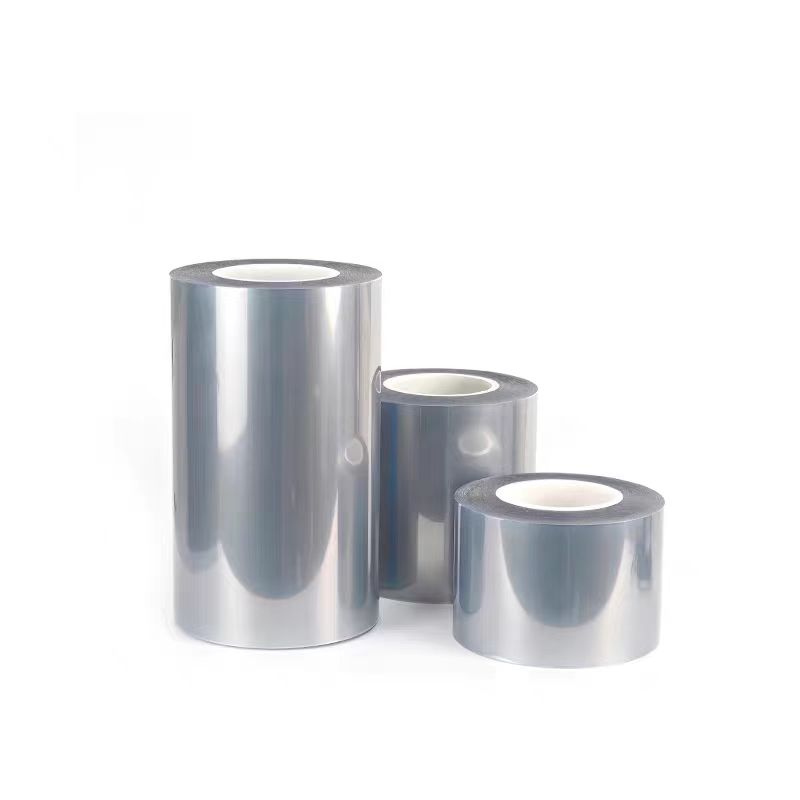How to Prevent PET Film Residue: Expert Techniques That Work
When using PET protective film in industrial, commercial, or electronics applications, one of the biggest challenges is avoiding adhesive residue. Improper application or low-quality materials can result in messy removal, wasted products, and damaged surfaces. This guide explains how to ensure residue-free results using proven techniques, especially with products like PET protective tape for LCD panel and smart tips for bubble-free PET film.
Why PET Film Residue Is a Problem
Residue from PET film can lead to:
- Contamination of sensitive components
- Costly rework or cleaning
- Aesthetic damage to surfaces
- Impaired product performance
PET film residue removal becomes difficult if the wrong adhesive is used or if the film is left on too long under heat, UV, or pressure.
Top Causes of Residue — and How to Fix Them
1. Using the Wrong Adhesive
| Adhesive Type | Residue Risk | Application Notes |
|---|---|---|
| Silicone-based | Low | Best for residue-free removal |
| Acrylic-based | Moderate | Strong tack, can harden and leave marks |
| Rubber-based | High | Prone to smearing and breakdown |
Solution: Use PET protective tape for LCD panel with silicone adhesive to ensure clean peel performance.
2. Skipping Surface Preparation
Dirt, oils, or humidity create separation between adhesive and surface.
Solution:
- Clean the area with 99% isopropyl alcohol
- Avoid touching surfaces with bare hands
- Ensure surface is fully dry before application
3. Applying Film in Poor Environmental Conditions
Temperature and humidity affect adhesive behavior.
Solution:
- Ideal application: 20–24°C with <50% humidity
- Avoid applying in direct sunlight or near HVAC vents
- Store film in flat rolls inside dust-free packaging
4. Incorrect Application Method
Applying film too fast, without tools, or with air pockets leads to bubbles and lifting.
Use these tips for bubble-free PET film:
- Use a roller or plastic squeegee
- Apply from center outward
- Apply with steady pressure
- Work in a clean room if possible
5. Leaving PET Film On Too Long
Time, heat, and UV exposure degrade adhesive layers.
Solution:
- Use tape with UV stability and anti-aging features
- Follow recommended maximum exposure durations
- For long-term projects, test film periodically
6. Improper Film Removal
Pulling film abruptly or at wrong angles results in adhesive residue or surface damage.
Solution:
- Warm the film gently to 40–50°C
- Peel slowly at a 45° angle
- Use tweezers or plastic scrapers if needed
- Wipe any remaining residue immediately
PET Film in Sensitive Applications (LCD Panels, Screens, Optics)
In products like tablets, displays, and high-precision electronics, clean removal is not optional. Adhesive marks can:
- Distort visual clarity
- Interfere with touch sensors
- Affect optical lens performance
That’s why choosing the right PET protective tape for LCD panel is critical—these tapes offer low-tack, silicone-based adhesives and anti-static liners for precise work.
Checklist for Residue-Free PET Film Application
| Step | Do It Right With This Tip |
|---|---|
| Choose adhesive | Use silicone-based, residue-free PET film |
| Prep surface | Alcohol + lint-free wipe + gloves |
| Apply evenly | Squeegee from center, avoid stretching |
| Maintain environment | 20–24°C, no wind, clean air |
| Plan removal strategy | Warm peel, angled, and slow |
| Use in correct timeframe | Replace film before max exposure limit |
Summary: Prevention Over Removal
The best way to achieve clean, efficient PET film residue removal is to prevent it from happening. From proper handling to selecting the right materials and techniques, your approach makes all the difference.
Whether you’re working with electronics, glossy surfaces, or medical equipment, following these best practices ensures smooth, damage-free results every time.
READ MORE:
Telephone: 008613530419893
E-mail:marie@selfadhesivefilm.com
ADDRESS (Shenzhen):903-286, Building A2, Guangming Technology Park, China Merchants Group, Guanguang Road, Fenghuang Community, Fenghuang Street, Guangming District, Shenzhen, Guangdong.
ADDRESS (Dongguan): 3rd Building No.45 Yinhu Road Shishuikou Community,Qiaotou Town, Dongguan, Guangdong.





